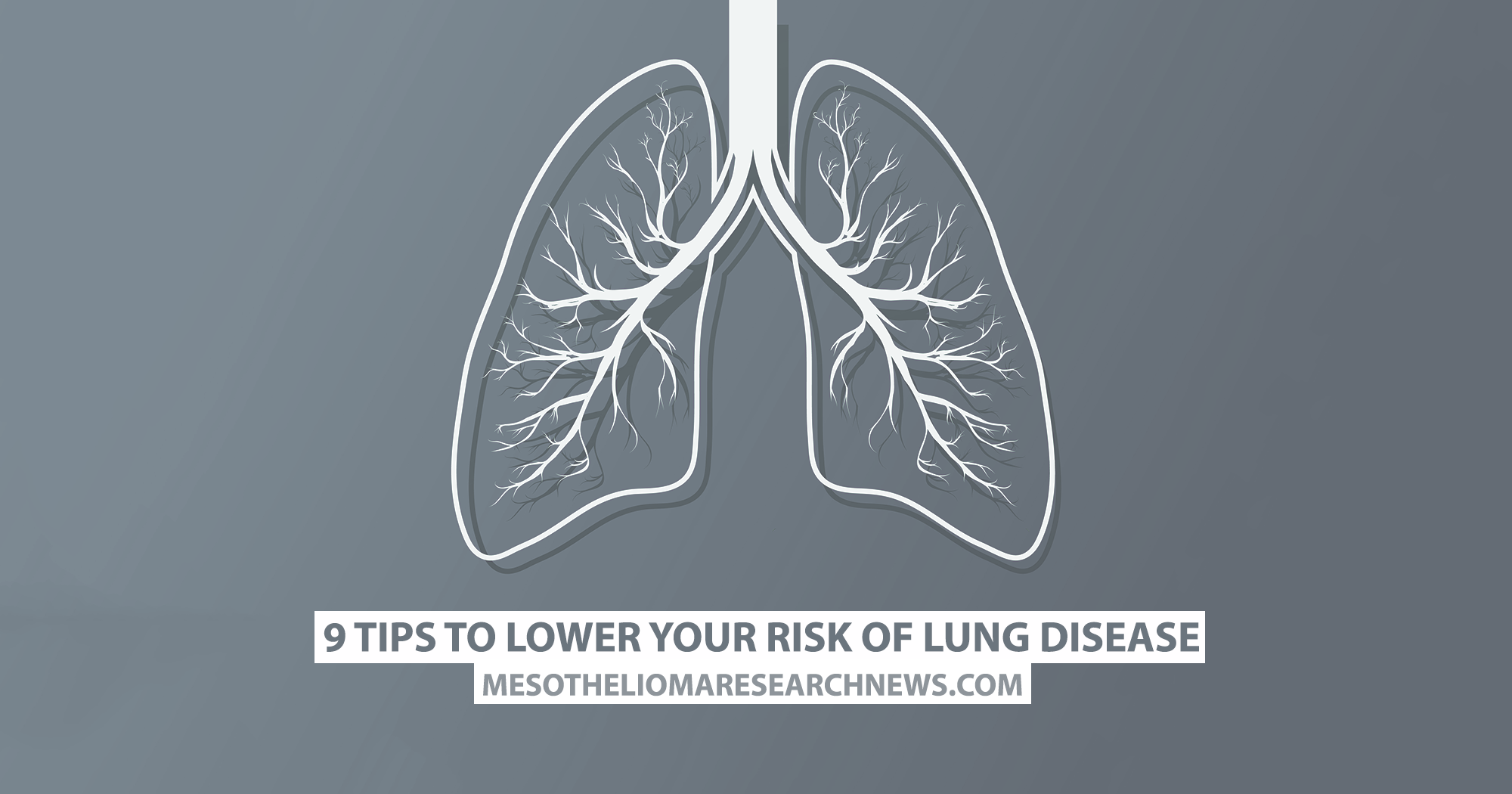Lung disease is one of the main causes of American deaths, second only to heart disease. While some lung diseases are genetic and unavoidable, following a healthy lifestyle and avoiding lung irritants can help protect you from developing many of them.
We’ve put together a list of tips to help lower your risk of developing a lung disease with help from womenshealth.gov.
Quit smoking
Quitting smoking is the single best thing you can do for your lungs. If you’re a heavy smoker or you’ve been a smoker for a long time, giving it up won’t be easy, but it is possible and your whole body will thank you for it. It isn’t just cigarette smoke that’s harmful either, watch out for marijuana, pipe and cigar smoke, too.
Avoid others who smoke
If you’re not a smoker (or are trying to quit) then avoiding secondhand smoke is also important. Your home and workplace should be smoke-free zones. Most states and countries do not allow smoking in any public buildings, but if you live somewhere where this law isn’t enforced, then avoid places like bars and restaurants which may have smoky atmospheres.
Test your home and workplace for radon
Radon is a radioactive gas that can be found in homes and public buildings, particularly in small areas and in basements. Hardware stores sell radon testing kits that you can use at home. If you find radon, you’ll need to seal any cracks in the building where it could be leeching in and make sure the building is adequately ventilated.
MORE: Eight tips for protecting your lungs from unhealthy air.
Avoid asbestos
Asbestos is extremely hazardous to lung health. People who work in certain construction-related trades may come into contact with the toxic substance so regular health and safety training is important. Asbestos is still contained in many public and private buildings so if you’re planning any home improvements, find out if your home has asbestos so that it can be professionally removed.
Avoid dust and chemical fumes
Spray cans such as deodorant, hair spray, and air fresheners and household paints and solvents can irritate lungs so use them sparingly in well-ventilated areas. When undertaking DIY jobs that create dust make sure you use a face mask to avoid inhalation.
Eat a healthy balanced diet
While eating well will not undo lung damage caused by smoking or asbestos, eating a healthy balanced diet will help improve overall health and contribute towards lowering your risk of developing a lung disease.
MORE: How to manage cancer-related fatigue.
Have a spirometry test
If you suspect there may be something wrong with your lungs or you’re at an increased risk of developing a lung disease due to your work history or lifestyle choices, set up an annual spirometry test to help detect any problems before they become too progressed.
Consider vaccinations
Speak to your doctor to see if you should have an annual flu or pneumonia vaccination. If you have compromised health, your doctor may recommend it.
See your doctor
Long-term coughs are usually a sign that something is wrong with your lungs. If you have a persistent cough that’s lasted more than a few weeks, then you need to go see your doctor and get checked out. Likewise, if you begin to suffer shortness of breath or chest pains you will need to seek medical advice.
MORE: Three travel considerations if you have a lung disease.
Mesothelioma Research News is strictly a news and information website about the disease. It does not provide medical advice, diagnosis or treatment. This content is not intended to be a substitute for professional medical advice, diagnosis, or treatment. Always seek the advice of your physician or another qualified health provider with any questions you may have regarding a medical condition. Never disregard professional medical advice or delay in seeking it because of something you have read on this website.


